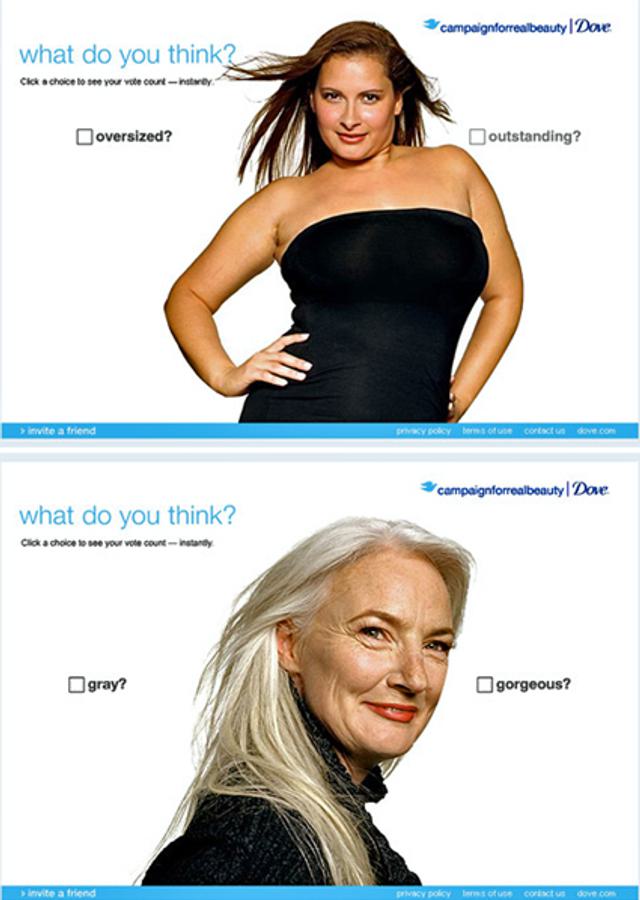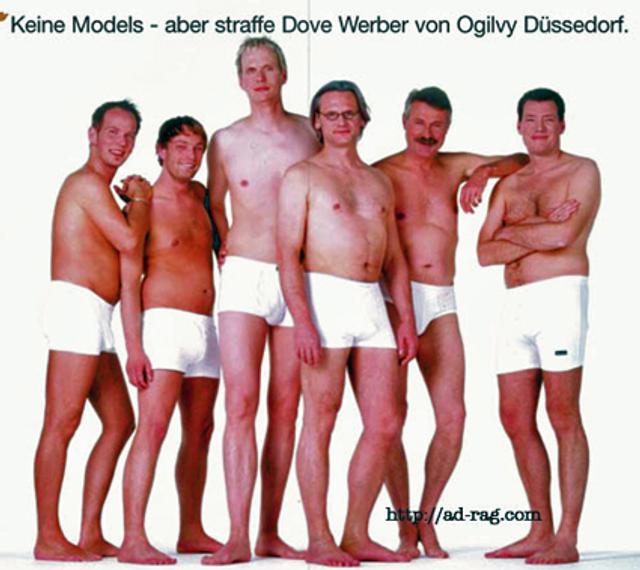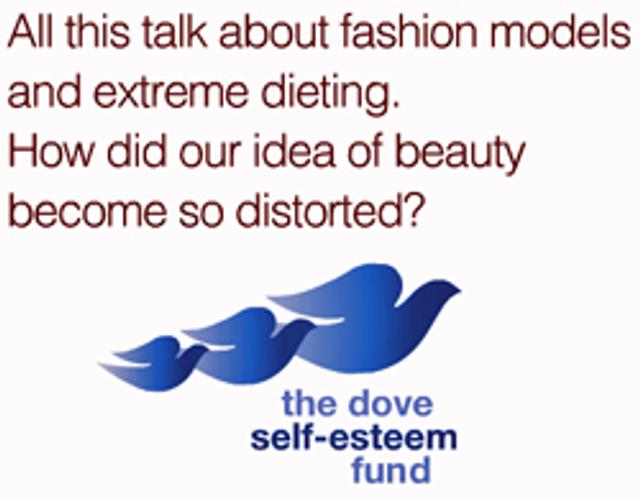Dove: the Campaign for Real Beauty and Dove Self-Esteem Fund
- Exhibited by
- Carolina Herrera.
- Added
- June 02, 2012
- Medium of Communication
- Broadcast and television, online, posters, press advertising
- Target Audience
- Awareness
- Type of Charity
- Social change
- Country of Origin
- International
- Date of first appearance
- 2004
SOFII’s view
Here’s a company using exactly the same tactics that charities use to campaign for social change while, of course, rather effectively selling its product range at the same time. Whether this is a good or bad thing for fundraisers remains to be seen, but it seems to work for the company, so may lead to a flood of copies. This may be scary, for fundraisers. In a recent article on this subject Paul Farthing, director of high-value relationships at Cancer Research UK, described this kind of campaign as a worry for the nonprofit sector. According to Farthing, it could be interpreted as the company’s way of saying to the sector, ‘We don't need you. We can do what you do better than you, and we're shamelessly encroaching on your territory.' Fair point. But then perhaps we should be asking, why shouldn’t they? After all, we’ve been copying their strengths for years. And if they do it better, whose fault is that?
Creator / originator
Dove, a brand of Unilever
Summary / objectives
The Dove Campaign for Real Beauty is an international effort that aims to make a real change in the way women and young girls perceive beauty. Since the launch in 2004, the campaign has created, and continues to create, thought-provoking ads, confidence building programmes and messages that cover all definitions of beauty.
The Dove Self-Esteem Fund (DSEF) was developed to free the next generation from self-limiting beauty stereo types and is committed to reaching five million young women by the end of 2010. It directly funds selected projects and organisations in a large number of countries around the world.
Background
The Dove Campaign for Real Beauty started with images of curvy women in white underwear. This year they introduced a television spot that directly links the purchase of Dove products to financial support for the DSEF. Previously, the campaign had been criticised for not making the connection between the product and the cause clear enough. This year’s 30-second commercial, ‘Under Pressure’, shows a girl bombarded with unrealistic images of skinny models and closes with the line, ‘And you support our efforts every time you buy Dove’.
The Dove Self-Esteem Fund is a network of local country initiatives linked in strategy and direction by a steering group. The DSEF in each country supports a specific organisation to foster self-esteem. Just some examples are:
- In the USA a partnership between DSEF and the Girl Scouts of USA, called ME!, helps build self-confidence in girls aged eight to 17 through after school clubs, self-esteem-building events and educational resources.
- In several European countries, the Fund supports Body Talks, a workshop designed to help young girls (and boys) understand and deal with feelings about their physical appearance, as well as learn how ‘ideal’ images of beauty are created.
- Australia’s, ‘BodyThink’ is a colloboration between DSEF, the Victorian state Government and The Butterfly Foundation (which supports sufferers of eating disorders and their carers). Teachers and community professionals can attend a half-day training course run by The Butterfly Foundation. They can then use the BodyThink resources to inspire the young people they work with to improve their body image and self esteem.
- The campaign’s different country websites also feature links to other projects that they are involved in, including the Dove billboard campaign that nominates women all over the world for being truly beautiful.
Special characteristics
Although this is a marketing device to sell more products, it seems to do a lot of good campaigning, funds other organisations and raises money on behalf of partner organisations.
Influence / impact
Since its launch the Campaign and Fund have been started all over the world and worked with very many different organisations to promote self-esteem, not only for young girls, but older women as well.
Costs
DESF will spend US$ 1.5-2 million this year on the campaign.
Results
The goal is to reach five million girls by 2010 – so far the number stands at two million.
Merits
Because this is an interesting and instructive example of how a company is taking it upon itself to campaign using the very tactics that charities seem to consider to be their exclusive preserve.

 View original image
View original image
 View original image
View original image

Also in Categories
-






















